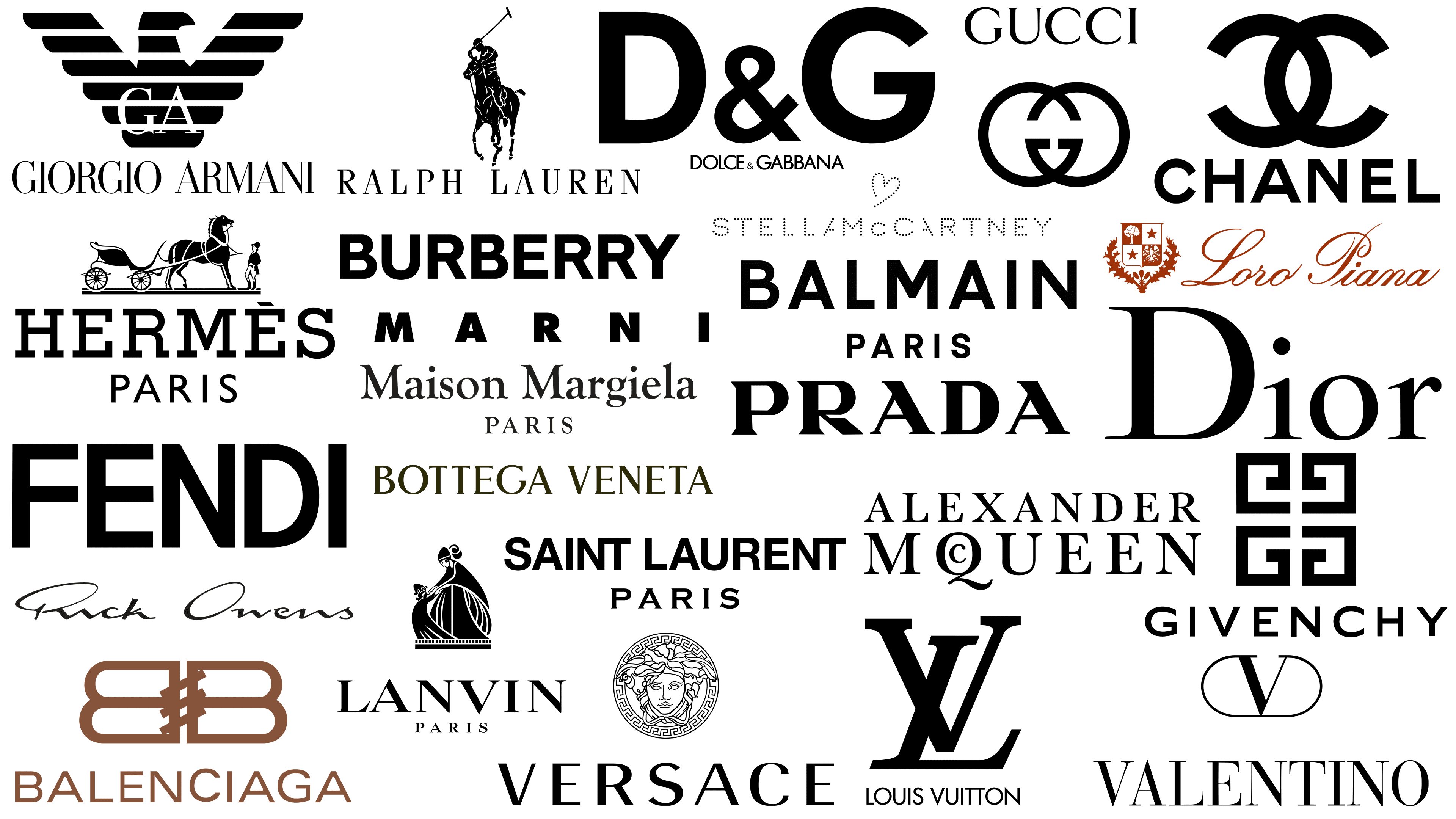The long-term outlook for major luxury fashion brands is generally positive. The luxury fashion market is expected to continue to grow in the coming years, driven by factors such as rising incomes in emerging markets, the increasing popularity of online shopping, and the growing demand for sustainable fashion.
However, there are some challenges that luxury fashion brands will need to address in order to maintain their long-term growth. These challenges include:
- The rise of counterfeit goods. Counterfeit goods are a major problem for the luxury fashion industry, and they can erode brand value and sales.
- The changing preferences of consumers. As consumers become more discerning, they are demanding more from luxury fashion brands in terms of quality, design, and sustainability.
- The increasing competition from fast fashion brands. Fast fashion brands are able to offer lower prices and quicker turnaround times than luxury fashion brands, which can make it difficult for luxury brands to compete.
Despite these challenges, major luxury fashion brands are well-positioned to weather the storm and continue to grow in the long term. These brands have strong brand recognition, a loyal customer base, and a commitment to innovation. They are also investing in new technologies and strategies to address the challenges they face.
Here are some of the key trends that are expected to shape the future of the luxury fashion industry:
- The rise of online shopping. Online shopping is becoming increasingly popular, and this is having a major impact on the luxury fashion industry. Luxury brands are now focusing on developing their online presence and offering more convenient and personalized shopping experiences.
- The growing demand for sustainable fashion. Consumers are becoming more aware of the environmental impact of the fashion industry, and they are demanding more sustainable options. Luxury brands are responding to this demand by offering more sustainable products and processes.
- The increasing personalization of fashion. Consumers are increasingly looking for fashion that is tailored to their individual needs and preferences. Luxury brands are responding to this demand by offering more personalized products and services.
These are just some of the key trends that are expected to shape the future of the luxury fashion industry. By understanding these trends, major luxury fashion brands can position themselves for long-term growth and success.
Major luxury fashion stocks around the world and where to trade them:
| Company | Ticker | Country | Exchange |
|---|---|---|---|
| LVMH | LVMH | France | Euronext Paris |
| Kering | KER | France | Euronext Paris |
| Richemont | CFR | Switzerland | SIX Swiss Exchange |
| Hermès | HERM | France | Euronext Paris |
| Chanel | CHLN | France | Euronext Paris |
| Burberry | BRBY | UK | London Stock Exchange |
| Prada | PRN | Italy | Borsa Italiana |
| Ralph Lauren | RL | USA | NYSE |
These stocks can be traded on the following exchanges:
- Euronext Paris
- SIX Swiss Exchange
- London Stock Exchange
- Borsa Italiana
- NYSE
Please note that this is not an exhaustive list, and there are many other luxury fashion stocks that are traded on different exchanges. Investors should do their research before investing in any luxury fashion stock.
Here are some additional factors to consider when investing in luxury fashion stocks:
- The overall economic environment. The performance of luxury fashion stocks can be affected by the overall economic environment. For example, during a recession, consumers may be more likely to save money and less likely to spend money on luxury items.
- Consumer spending trends. The performance of luxury fashion stocks can also be affected by consumer spending trends. For example, if consumers are becoming more interested in sustainable fashion, then stocks of companies that sell sustainable luxury fashion items may perform well.
- The popularity of specific brands. The performance of luxury fashion stocks can also be affected by the popularity of specific brands. For example, if a particular brand becomes very popular, then the stock of the company that owns that brand may perform well.
Shayne Heffernan









